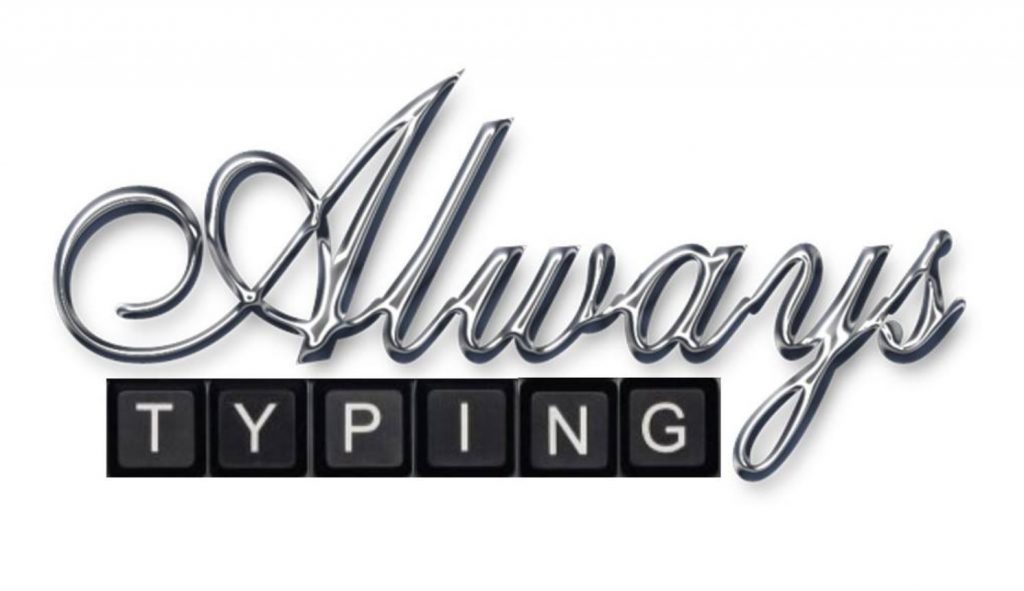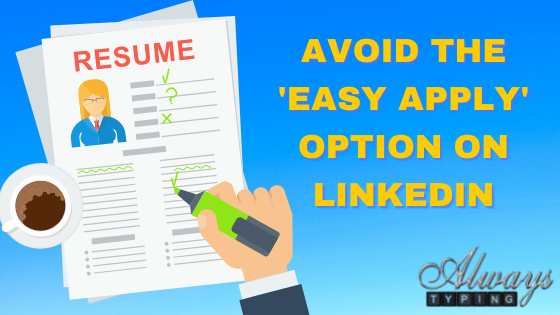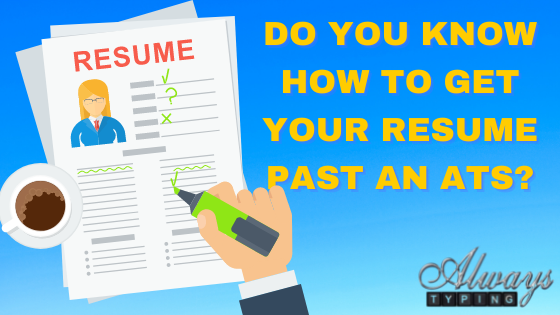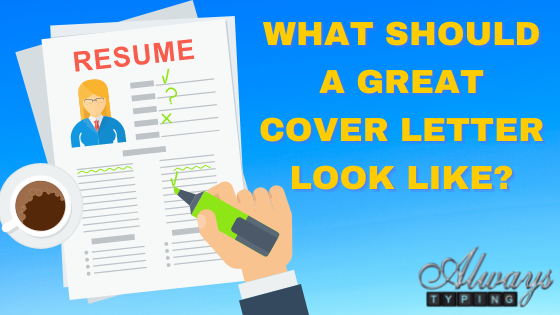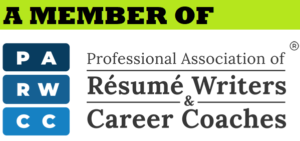Applying for jobs can be a clumsy process. You could spend hours manually entering your work details into an online application form, uploading your keyword-optimized resume, and hunting the name of hiring managers for your catchy cover letter. Enter, the ‘Easy Apply’ button on LinkedIn and we move away from tedious to easy. The only bad thing is that applying for a job using LinkedIn’s ‘Easy Apply’ option can put you at the back of the pack. ‘Easy Apply’ equals quick fix, right? The short answer is, “No.” In short, you are trading the opportunity for customization and targeting by using this button. Yes, all you do is push/click the button, enter your phone number, and email address and you’re done! In some cases, you’ll be asked to upload your current resume, but most of the time it’s optional. This simplicity can be tempting! When a recruiter acquires an ‘Easy Apply’ request, all they get to see is a snapshot of your LinkedIn profile. Specifically – your photo, education, headline, past and present work experiences, and skills you’ve listed. That’s it! So, if your LinkedIn profile is very bare-bones, isn’t up to date, or doesn’t elaborate your complete journey you likely won’t be hearing from potential employers anytime soon. Check out this article, How to perfect your LinkedIn profile to get noticed by recruiters. Throw your resume at a bunch of jobs and hope something sticks Sad to say that the “Easy Apply” button is so much like mailing your resume to a hand full of recruiters and hoping to hear back from them. When you decide to apply without uploading your resume or cover letter, the hiring manager only has an approach to your LinkedIn profile. The message that pops into their email will say, ‘(Name) applied to (Job Title)’ and it will contain your headline, location, and profile photo. If your headline is like most people’s headline – with the title of your current role and present company name – you will blend into the sea of sameness. The main idea of applying for any job is to get their attention. If you look like every other candidate, you’re not doing that. What incentive does the hiring manager or recruiter have to click on your application? All hiring professionals have the question ‘So what …?’ playing in their minds Are you answering the ‘So what…?’ question or do you fall into the ‘Meh!’ category? Not only do you have to give them a reason to open your profile, but you have to do so in about 6 seconds. Your LinkedIn profile is only providing a high-level overview of your career experience with some achievements sprinkled in here and there. Originally, the format was laid out in a way that aided with networking. Did you know that about 80% of all jobs are landed through networking? Effectively networking using an optimized LinkedIn profile is a great way to open yourself up to recruiters and hiring managers. However, now that LinkedIn has created the ‘Easy Apply’ feature, the platform isn’t being used just for professional networking anymore. This means you must completely customize your profile so that it is specifically targeted to a particular job or job type. This helps to answer the ‘So what…?’ question. It shows how you add value. Use your LinkedIn profile together with your resume to complete your career picture Every resume writer everywhere will tell you to customize and tailor your resume to each job that you apply to. Your ATS-optimized resume calls attention to your career accomplishments as they are associated with a certain job. When you combine your resume with the information on your profile, you provide hiring managers, recruiters, and HR personnel with a full overview of what you have to offer. Additionally, because your LinkedIn profile is written in the first person, it helps you inject a bit of your personality into your job search. Never say never It sounds like you’re being told to never use the ‘Easy Apply’ button. There are two possible scenarios where you can get away with using the “Easy Apply” button: 1. When you intend to upload a keyword-rich resume: Don’t let the fact that you’re also sending your resume make you think you can neglect your LinkedIn profile. The profile is still going to be the first thing they see. When you use ‘Easy Apply,’ your uploaded resume is shown as a hyperlink at the bottom of your application. What happens if the hiring manager misses the hyperlink or if they simply decide to not click on it? If your profile doesn’t catch their attention, there’s very little chance they’ll spend more time on your application by clicking on the hyperlink. 2. When you intend to follow up: Companies know that applicants who use ‘Easy Apply’ are usually only glancing at the job descriptions. For recruiters, the Easy Apply button tells them that you just pressed a button and don’t have much information about the full extent of the job. Whereas, when you follow them up, it portrays that you’re truly interested in what they are offering. Take-away Theodore Roosevelt said, “Nothing worth having was ever achieved without effort.” Applying to a job may be a tedious, overbearing, and time-consuming drain on your time. It’s worth it in the end, though, isn’t it? Always remember the value you get out of the time you spend. When you find that you meet the qualifications of a role, it’s time to get your resume ready. You’ll need a document that gets past the Applicant Tracking System and impresses the hiring manager. Always Typing Resumes has been helping clients do this for years. It would be a great honor to be a part of your career journey, too. Contact Us Today
What is an applicant tracking system (ATS) and how do you get past it?
What do you know about Applicant Tracking Systems (ATS)? Job seeking can sometimes be compared to throwing your resume into a black hole. You go through 100 listings on any job search website and complete the online application with zero results. Ever have that happen? The problem is that you’re probably not putting the correct keywords into your resume. When you hit “Submit” on an online application, it isn’t automatically emailed to the hiring manager. It goes through this computer system that scrubs your resume for specific keywords that are found in the job description posted by the company. It also looks for years of experience and education, among other things. Know your audience & have a back-up plan Your resume must be written to impress 2 audiences — the ATS and a hiring manager. Having a document that speaks to a computer and a human being can be a daunting task. Many resume writers will tell you that you need to stand out in the sea of sameness by adding some personality to your resume through design. The name of the game is to always have your resume at the top of the stack. What is an Applicant Tracking System (ATS)? An ATS is a software application used by the majority of companies to manage and streamline their recruitment process. Its primary function is to scan and assess the multitude of resumes and job applications received for a vacancy. The ATS serves as an automated screening tool, helping recruiters and HR professionals identify the most qualified candidates swiftly and efficiently. How Does an ATS Work? ATS systems work by parsing and analyzing the content of resumes and job applications. They are programmed to search for specific keywords, qualifications, and other criteria that match the job description. The system assigns a score to each application, ranking candidates based on their alignment with the job requirements. Some resume No-No’s related to the ATS Once you’ve narrowed down your target career path and are getting ready to apply for jobs it’s important to be sure your resume will not be rejected. Here are some tips to help make sure your resume won’t end up in a digital nowhere land: Jargon and buzzwords: (1) they are probably not lending any value to your resume that will get you past the ATS, and hiring managers hate seeing “experienced go-getter,” self-motivated,” and “dedicated, reliable individual.” Overly designed resumes: Many job seekers feel like they’ll stand out from the crowd by having a creative-looking resume. The fact is that ATS cannot properly parse information from these resumes as they can’t read the information in text boxes, graphs, charts, or tables, nor can they read images. If the ATS can’t read it, it will be rejected. Font & margins: Make sure you’re using the right font, keep the font size to at least 10pt, and have margins that are no less than 1/2″. Some acceptable fonts are Calibri, Cambria, Garamond, Tahoma, Trebuchet, and Veranda. Customize Your Resume: Tailor your resume for each job application by incorporating relevant keywords and phrases from the job posting. Mirror the language used in the job description to increase your chances of being flagged as a strong match. Use a Standard Resume Format: Stick to traditional resume formats like the reverse-chronological style. ATS systems are more adept at parsing and understanding these formats, ensuring that your information is correctly interpreted. Optimize Your Keywords: Identify the essential keywords related to your industry and profession. Include these keywords strategically in your resume, especially in the skills, qualifications, and work experience sections. Watch Your File Type: Save your resume in a format that the ATS can easily process, such as .docx or .pdf. Avoid less common file types to ensure compatibility. Include Relevant Sections: Make sure your resume contains essential sections like contact information, a summary or objective statement, work experience, education, and skills. ATS systems may not recognize content placed in unconventional sections. Quantify Achievements: Wherever possible, quantify your achievements with specific numbers and percentages. This makes it easier for both ATS systems and human recruiters to assess your qualifications. Proofread and Avoid Spelling Errors: An error-free resume is essential. Spelling mistakes or typos can lead to automatic rejection by the ATS. Review your resume carefully to ensure accuracy. Mastering the ATS is Your Pathway to Unlocking Job Opportunities An Applicant Tracking System is a crucial element of modern recruitment, helping companies efficiently manage a large volume of applications. To succeed in today’s job market, it’s essential to understand how ATS works and how to tailor your resume to navigate it successfully. By customizing your resume, optimizing keywords, and following best practices, you can increase your chances of passing through the ATS and getting one step closer to your desired job interview. Remember, with the right approach, the ATS can become your ally in landing the job of your dreams. Let us help you not only understand the intricacies of ATS but also create a winning resume that breezes through these digital gatekeepers. Let us help you not only understand the intricacies of ATS but also create a winning resume that breezes through these digital gatekeepers. Contact Us Today
What should a great cover letter look like?
Not too long ago, it was thought that the age of using a cover letter was dying. That is no longer the case. Since the start of the COVID-19 pandemic, companies have been more interested in cover letters as a means for connecting with job seekers. What should your cover letter look like? The layout, heading, and greeting Your cover letter tells the hiring manager what you can do for them. It should be a formal letter specifically addressed to the hiring manager at the company with whom you’re applying. It is okay to use the greeting “To Whom It May Concern” if you don’t know the name of the person specifically, but a name is always best. The body – paragraph 1 The first paragraph should be written to tell the hiring manager how you heard about the opening and to express your desire to apply. Now, this may seem self-explanatory (who would send a cover letter and resume to a company if the intent wasn’t to apply for a job?), but there is an actual reason. The company likely posted that job on multiple job boards, and it is also probably listed on their company website. Telling you where you found it gives them valuable marketing information about their job posts. So, you’re helping them with the first sentence, and if you’re keeping in mind that a cover letter is supposed to tell them what you can do for them, you’re already off to a great start. The body – paragraph 2 The second paragraph will tell them why you think you’re the right person for the job. Discuss one or two achievements you’ve had in previous positions or something you achieved while in college that will help set you apart from the rest of the pack. For example, did you single-handedly increase revenue for your department by 10% during an economic downfall? Talk about it and then turn it around to let them know you’d love to use that knowledge to increase their revenue. The body – paragraph 3 The last paragraph of the letter should reiterate your desire to work for their company. It should also thank them for taking the time to look over your resume and give them your preferred method of contact. Be specific, be bold. Instead of ending the letter with something like, “If you’d like to know more about me, please call,” end it with, “I look forward to hearing from you to discuss my candidacy.” Then close out the letter with your salutation and signature. The closing Finally, sign your name. Make sure the name you’re using matches all of your other career marketing documents including resume, thank you notes, and LinkedIn profile. The name you use DOES NOT have to be your legal name and IT CAN include any nicknames that you go by. Exclude any verbiage about your resume being attached. It is unnecessary. Summary The main idea of the cover letter is to tell the employer what you can do, not what you want to do or what you think you can do. Be positive, courageous and sell yourself! Resumes, Cover Letters, and LinkedIn Profiles — Oh, my! Always Typing has built an award-winning service for helping people earn coveted interviews and land dream jobs. We can help you, too! Contact Us Today
